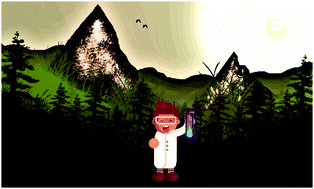Biological concepts for catalysis and reactivity: empowering bioinspiration
Abstract
Biological systems provide attractive reactivity blueprints for the design of challenging chemical transformations. Emulating the operating mode of natural systems may however not be so easy and direct translation of structural observations does not always afford the anticipated efficiency. Metalloenzymes rely on earth-abundant metals to perform an incredibly wide range of chemical transformations. To do so, enzymes in general have evolved tools and tricks to enable control of such reactivity. The underlying concepts related to these tools are usually well-known to enzymologists and bio(inorganic) chemists but may be a little less familiar to organometallic chemists. So far, the field of bioinspired catalysis has greatly focused on the coordination sphere and electronic effects for the design of functional enzyme models but might benefit from a paradigm shift related to recent findings in biological systems. The goal of this review is to bring these fields closer together as this could likely result in the development of a new generation of highly efficient bioinspired systems. This contribution covers the fields of redox-active ligands, entatic state reactivity, energy conservation through electron bifurcation, and quantum tunneling for C–H activation.

- This article is part of the themed collection: Earth Abundant Metals in Catalysis


 Please wait while we load your content...
Please wait while we load your content...